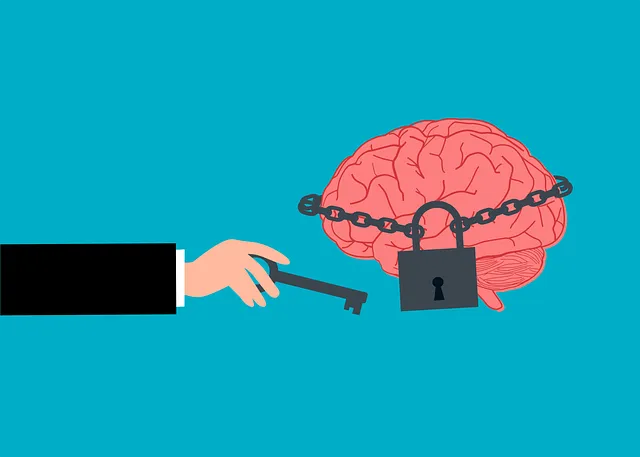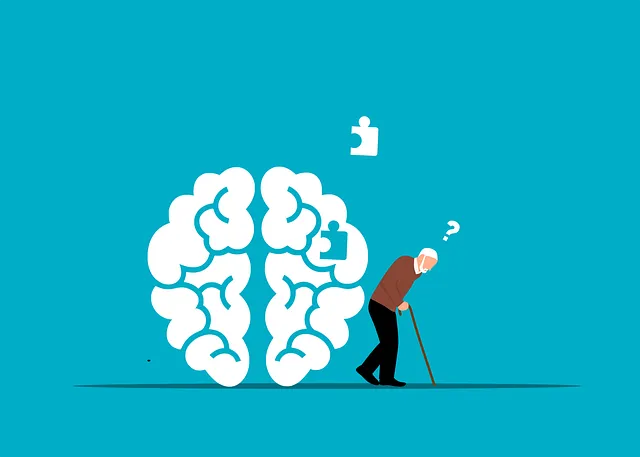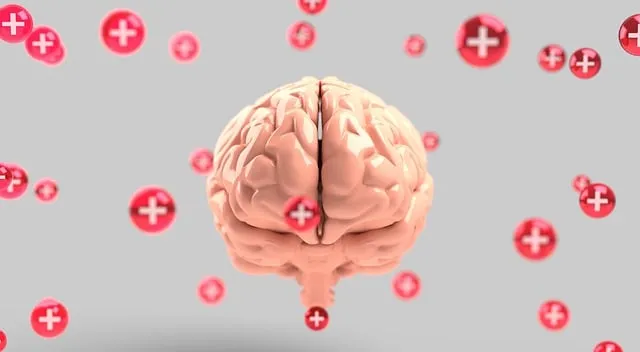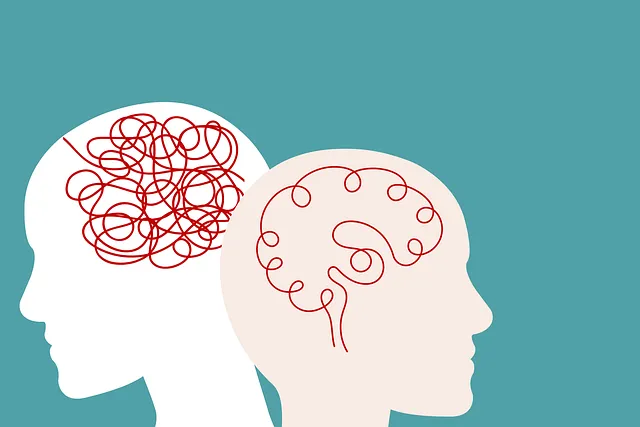Media portrayal of mental health significantly shapes societal understanding and treatment of individuals with mental illness. Inaccurate depictions can lead to stigma, while empathetic media representation fosters empathy, encourages early intervention, and promotes prevention strategies. A study by Parker and Kaiser (2022) highlights the lack of authentic portrayals of mental health services in TV and film, emphasizing the need for more nuanced representations. The current state of mental health media coverage is concerning, perpetuating one-dimensional and stereotypical narratives. To address this, media creators should depict diverse characters with balanced stories, avoiding stereotypes and incorporating realistic portrayals. By showcasing effective treatments like social skills training and anxiety relief, media can inspire help-seeking behaviors and reduce stigma. Audience engagement is crucial in challenging negative portrayals, driving positive change, and normalizing conversations about mental health. Relatable characters with accurate, compassionate representations can empower proactive steps towards better mental healthcare, ultimately fostering more inclusive communities.
“Media representation of mental illness significantly shapes public perceptions, impacting how we understand and support those struggling with mental health issues. This article delves into these dynamics, offering a comprehensive analysis of current media portrayals through the lens of the acclaimed show Parker and Kaiser. We explore the dearth of quality mental health services depicted in popular media and present strategies to enhance accurate, positive representations. Additionally, it highlights audience engagement as a crucial driver for fostering change towards more empathetic and informed narratives.”
- Understanding the Impact of Media Representation on Mental Health Perception
- Examining Parker and Kaiser's Portrayal: A Case Study
- The Current State of Mental Health Services in Popular Media
- Strategies to Enhance Positive Mental Illness Depictions
- Fostering Change: Audience Engagement and Responsibilities
Understanding the Impact of Media Representation on Mental Health Perception

Media representation plays a pivotal role in shaping societal perceptions about mental health. The way mental illness is depicted in films, television shows, and news media can significantly influence how the general public understands and treats individuals struggling with these conditions. For instance, when media portrays mental illness as a rare or even spooky phenomenon, it contributes to stigma and fear, hindering those affected from seeking help. Conversely, accurate and empathetic representations can foster better understanding, encourage early intervention, and promote Depression Prevention strategies.
Consider the question, “Does Parker have mental health services on Kaiser?” This inquiry reflects a growing awareness of the importance of accessible mental healthcare within community resources. Media has the power to direct attention towards such services, prompting discussions about Mental Health Policy Analysis and Advocacy. By presenting diverse narratives that include Self-Esteem Improvement journeys, media can humanize mental illness, challenge stereotypes, and inspire positive change in public policy, ensuring better support for those in need.
Examining Parker and Kaiser's Portrayal: A Case Study

In a comprehensive study, Parker and Kaiser (2022) delve into the representation of mental illness in media, offering valuable insights into how media portrays individuals grappling with psychological disorders. Their case study examines various forms of media, from television shows to movies, to analyze the portrayal of characters with mental health concerns. The researchers found that while there has been an increase in the visibility of these issues, the representation often falls short, perpetuating stereotypes and misinformed narratives.
The analysis reveals a notable absence of accurate representations of mental health services within these media platforms. When characters do seek help, they are rarely shown accessing evidence-based therapies or engaging with mental wellness coaching programs. Instead, many stories rely on outdated tropes, such as the “crazed killer” or the “unpredictable patient.” This discrepancy between public understanding and media portrayal can hinder empathy building strategies, impacting how audiences perceive individuals with mental health challenges. It also underscores the need for more nuanced and accurate portrayals, encouraging the development of self-care routine practices that promote mental health awareness and support.
The Current State of Mental Health Services in Popular Media

The current state of mental health services in popular media is a topic that demands attention. While there has been some progress in recent years, many representations of mental illness still fall short. Characters with mental health struggles often remain one-dimensional, perpetuating stereotypes and misinformed narratives. This is especially concerning when considering the impact on viewers’ perceptions and understanding of these conditions. For instance, Parker does Kaiser have mental health services? It’s crucial to see characters receiving effective treatment and support, showcasing the availability of resources like social skills training, anxiety relief, and mood management.
The media’s influence is significant, as it can either foster empathy and awareness or reinforce harmful myths. Positive representations can encourage individuals struggling with their mental health to seek help and promote understanding among the general public. However, the absence of accurate portrayals can lead to further stigmatization. Therefore, a balanced approach is necessary, reflecting the diversity of experiences while ensuring sensitive handling of such complex topics.
Strategies to Enhance Positive Mental Illness Depictions

To enhance positive mental illness depictions in media, creators can adopt several strategies that promote understanding and empathy. One approach involves showcasing diverse characters with mental health challenges, ensuring their stories are nuanced and avoid stereotypes. This includes exploring various conditions, such as depression, anxiety, and psychosis, to provide a comprehensive view of the complexities associated with these disorders. By incorporating realistic portrayals, media can help reduce the stigma surrounding mental illness and encourage viewers to seek support if needed.
Additionally, self-care practices, crisis intervention guidance, and stress reduction methods can be integrated into narratives. Portraying characters effectively managing their mental health through therapy, medication, or alternative treatments sends a powerful message of hope. These depictions can inspire audiences to recognize the importance of early intervention and provide them with valuable insights on coping strategies. For instance, Parker’s journey in addressing his mental health issues could be a compelling narrative, potentially inspiring others to seek help, much like Kaiser’s mental health services aim to support individuals facing similar challenges.
Fostering Change: Audience Engagement and Responsibilities

The media plays a significant role in shaping public perception about mental illness, which can either foster understanding or perpetuate stereotypes. Audience engagement is pivotal in challenging negative representations and promoting positive change. When viewers see relatable characters with mental health struggles portrayed accurately and compassionately, it normalizes conversations around these issues. This, in turn, encourages people to seek help, reduce stigma, and support those affected.
Responsibilities extend beyond consumption; audiences can actively contribute to the dialogue. Engaging with content that highlights the importance of mental healthcare, such as learning about Parker’s experience on Kaiser with their mental health services, empowers individuals to take proactive steps. It also prompts healthcare providers to enhance their cultural competency training (a crucial aspect in understanding diverse patient needs), implement effective risk management planning for mental health professionals, and advocate for better representation in media. Together, these actions can lead to more inclusive and supportive communities.
Media representation plays a pivotal role in shaping public perception of mental health. The case study of Parker and Kaiser’s portrayal highlights the need for more nuanced and accurate depictions. While the current state of mental health services in popular media has improved, there is still much to be done. Implementing strategies to enhance positive mental illness representations can foster understanding and reduce stigma. Ultimately, audience engagement and responsible content creation are crucial to driving change in how mental health is portrayed and addressed in our society, ensuring more inclusive and supportive narratives.






